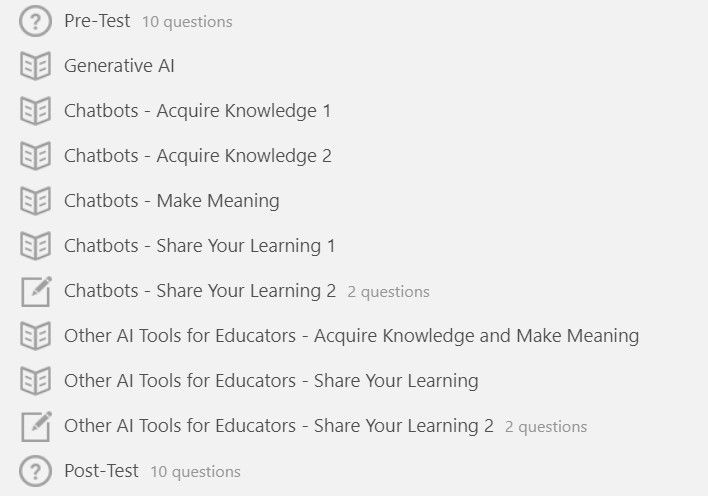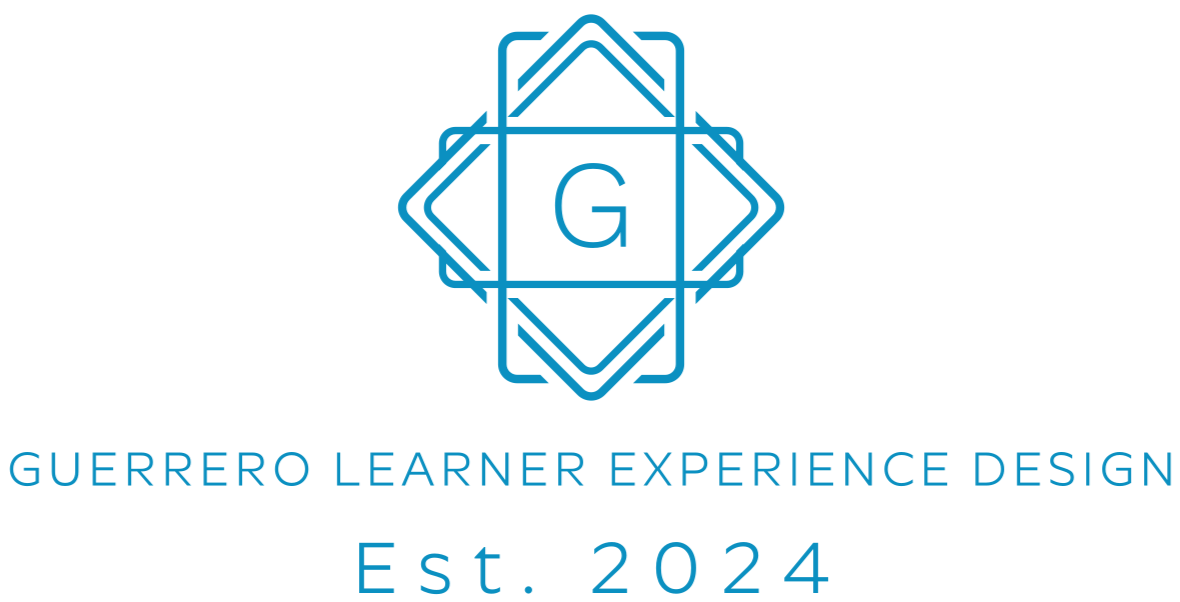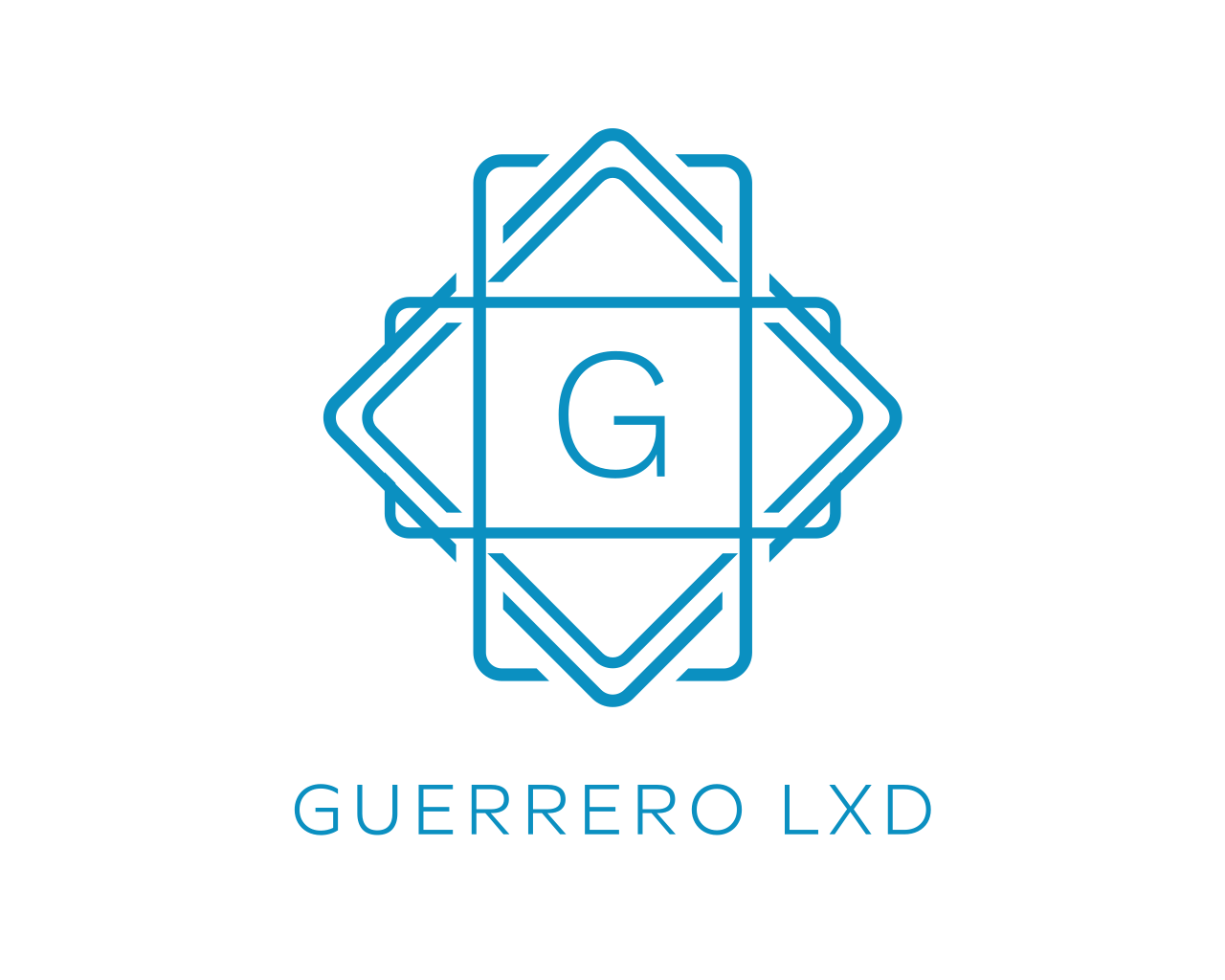Lesson series
Reshaping Learning with Generative AI
In this course learners will be able to explain generative AI and how it can be used in education.
Write your awesome label here.
Write your awesome label here.
Instructional Problem:
K-5 educators had a skill gap in the basics of artificial intelligence. They want to close this gap to shorten the time when preparing lessons for their students.
Solution:
An e-learning module that revolves around the Universal Design for Learning principles and adult learning theory. Users were first surveyed to gather information on how they wanted to learn and what they wanted to learn in regards to artificial intelligence. I gathered that the users all wanted to learn how to use AI to help shorten lesson plan preparation.
Throughout the e-learning module, users will first acquire new information in a variety of ways (videos, articles, graphics, etc.). Next, they will implement and put their learning into practice by using different online AI tools. While using these tools, users will be creating items they can use in their lesson plans and classrooms. This allows the adult users to the application needed for their learning. It also allows users to be more self-directed in their own learning process.
Throughout the e-learning module, users will first acquire new information in a variety of ways (videos, articles, graphics, etc.). Next, they will implement and put their learning into practice by using different online AI tools. While using these tools, users will be creating items they can use in their lesson plans and classrooms. This allows the adult users to the application needed for their learning. It also allows users to be more self-directed in their own learning process.
Empty space, drag to resize
My Process
Analysis
During the analysis phase, I conducted a learner analysis by creating an empathy map and a learner's persona. I gathered information about my learners from informal conversations, observations, and prior knowledge of learners. This then allowed me to create an instructional problem statement, determine potential causes of the problem, and begin designing solutions to solve the problem.
Write your awesome label here.
Write your awesome label here.
Empty space, drag to resize
Design
During the design phase, research was completed, I ideated potentials solutions to solve the problem, and determined the actual solution. This includes creating the learning goal and learning objectives of the solution. I also determined an outline for the solution with assessments and activities.
Research was completed to familiarize myself on current literature on using artificial intelligence in education. It was also done to familiarize myself on the use of choice boards in adult education. You may view the entire literature review here. I also created the story boards for videos and smaller parts the e-learning solution.
Empty space, drag to resize

Empty space, drag to resize

Learning Goal:
By the end of this course, learners will be able to explain generative AI and how it can be used in education.
Learning Objectives: By the end of this course learners will be able to:
By the end of this course, learners will be able to explain generative AI and how it can be used in education.
Learning Objectives: By the end of this course learners will be able to:
- Explain what generative AI is.
- Explain at least two ways to use generative AI in the classroom.
- Create prompts using chatbots like ChatGPT.
Example of a Storyboard
Write your awesome label here.
Write your awesome label here.
Write your awesome label here.
Write your awesome label here.
Write your awesome label here.
Write your awesome label here.
Empty space, drag to resize
Development
During this phase, I developed the entire e-learning solution. I created full activities, content, and resources that pertained to the e-learning solution. I finalized all materials and made sure the e-learning solution adhered to OSCQR guidelines for a course.
Example Screens from the E-learning Solution
Write your awesome label here.
Write your awesome label here.
Write your awesome label here.
Write your awesome label here.
You may view the full e-learning solution by clicking the button at the top of this page.
Implementation
During the implementation phase, I piloted the module for the first time. I did this by sending the e-solution to the educators that were interested in partaking in the solution. After this was done, I refined the module by making minor adjustments to it.
Evaluation
During the evaluation phase, I implemented the summative assessment and survey for the e-learning solution as data collection tools. These data collection tools collected both quantitative and qualitative data. I analyzed all quantitative data by using descriptive statistics. I gathered averages for the course determined the average growth the learners had overall. For the qualitative data, I used coding to determine main ideas. From these main ideas I then created themes. I used both the quantitative data and qualitative data to determine if adjustments were needed.
From here, I did not complete any more iterations. However, if it were needed, I would take the adjustments and correct them in the e-learning solution as needed. I would then complete a second iteration of the e-learning solution, evaluate it, then another iteration if needed.
From here, I did not complete any more iterations. However, if it were needed, I would take the adjustments and correct them in the e-learning solution as needed. I would then complete a second iteration of the e-learning solution, evaluate it, then another iteration if needed.

Houston, TX
Copyright © 2025

